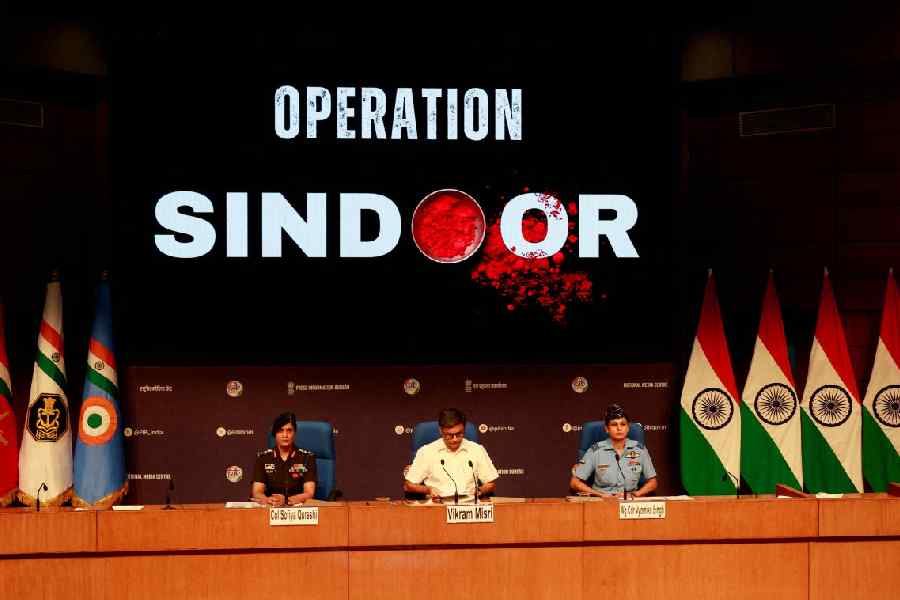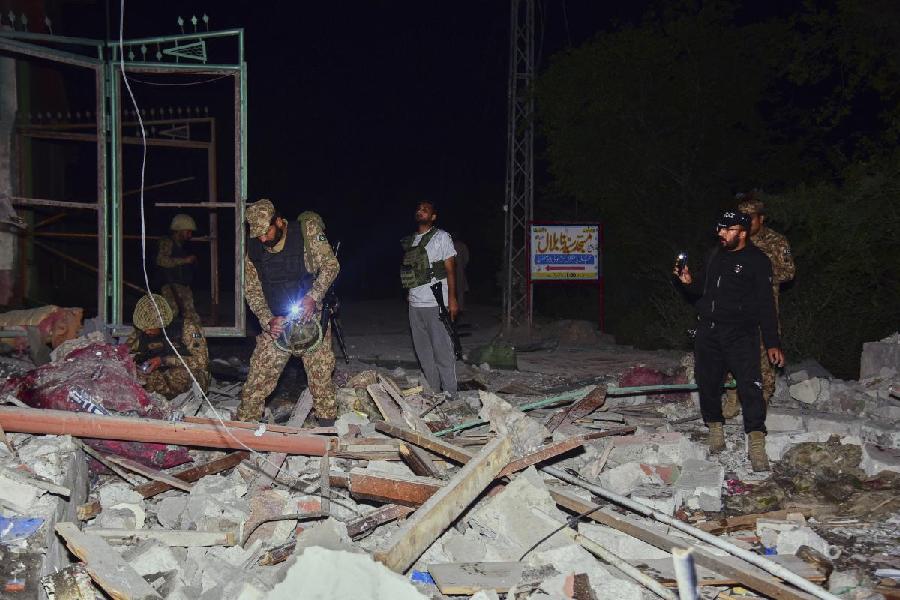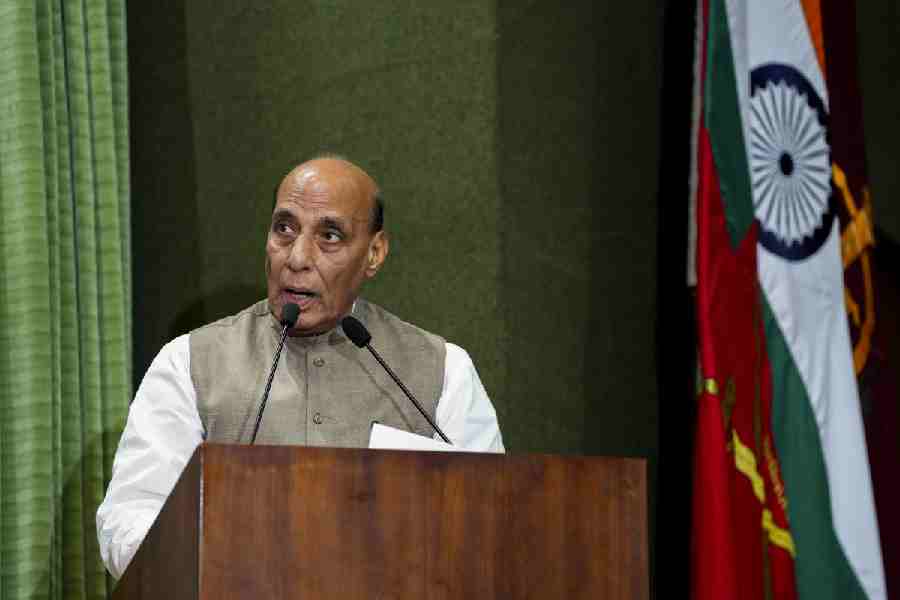 |
Bhubaneswar, May 26: The Bhubaneswar Municipal Corporation (BMC), it seems, is still not fully prepared to respond to disasters. Despite claims by the BMC to have achieved community awareness on disaster preparedness through sustainable campaigns, the civic body lags behind in many areas in fighting a possible disaster.
To begin with, the BMC lacks coordination with Bhubaneswar Development Authority (BDA) while approving building plans, maintaining proper width of roads for easy entry of fire brigades and controlling traffic congestion.
“Apart from areas like Laxmisagar and Old Town, even in new housing colonies in Bhimpur, Shastri Nagar, Soubhagya Nagar, lower Baramunda village, Friends Colony, Bivab Estate and Ratna Villa the width of some roads are inadequate to allow fire tenders to get inside. So, during a fire mishap, the fire-fighting squad will face great difficulty. Our major markets like Unit I, IV and the city malls are also not adequately prepared to face any fire mishap,” said Piyush Ranjan Rout, a city-based expert in urban planning.
“Of course, it's difficult to make the passage wider in old localities now, but are the two authorities working on modalities on accessibility norms in the new housing areas?” he asked.“Though the BMC is training masons on technologies required to build earthquake-resistant structures, do all the multi-storeyed structures in the city have the capability to withstand the impact of earthquakes? Is there enough gap between buildings to reduce the effect on an impact during an earthquake?” Rout asked further.
Dillip Routrai, BMC’s nodal officer for urban risk reduction project, however, said: “Our engineers are in touch with officials of the Bhubaneswar Development Authority. The BMC cell issuing the no-objection certificates on sewage, road and drainage plan is also trying to educate the builders to adopt earthquake-resilient structures as the city falls under earthquake risk zone I.”
BDA planning member Prashant Kumar Patnaik, said: “An earthquake with an intensity of 3.5 on the Richter scale is enough to damage a building. An intensity of 4 to 4.5 can be fatal. So, we are telling builders of multi-storeyed structures to follow the National Building Code, which has prescribed norms on disaster-resistant structures.”
Patnaik, however, added: “We are asking them to get the plans certified by a national-level engineering institute as, at present, we have no technical know-how on the engineering details.”
Expressing concern over indiscriminate felling of trees in the name of road widening, Rout said: “Over 5,000 trees were felled in the last six years.”
Although main roads are being widened, traffic congestion still persists in many lanes as they have been transformed into illegal parking lots. Rout suggested that the civic authorities in association with police should take stringent action against such illegal parking lots.
“They should also ensure more cycle tracks to provide people the option of green transport. This, in turn, would help in bringing down pollution levels,” added Rout.
While agreeing with Rout, environmentalist Prasad Dash added: “Agencies engaged in road widening projects should inform the public regarding their initiatives to restore the green cover as many trees are felled during such projects.”
Failure of the civic authority to renovate water bodies has resulted in crisis in Sundarpada and Bhimatangi. A huge water body in Laxmi Sagar has been encroached upon from all sides, which has significantly reduced its area.
With many such water bodies drying up, people in many areas of the city are going without water. But to overcome the crisis, especially in the wards that do not receive pipe-water supply, the civic authority has not done much. In fact, while issuing no-objection certificates to new buildings, on many occasions civic authorities do not even check whether the builder has plans to implement the mandatory water harvesting structures or not.
“On many occasions, the councillors have demanded inclusion of a clause for creating water harvesting structures while issuing no-objection certificates, but the demand was never taken seriously,” said councillor Nrupesh Nayak.
“It is hard to believe that a city like Bhubaneswar still lacks proper sewage disposal system and treatment plant. The ground water is being contaminated in several areas causing water-borne diseases. The solid waste disposal system also needs to be upgraded,” said a corporate employee, Utkal Gourav Das.











